“The Virus Is A Concept That Only Exists On A Piece of Paper”
Dr. Robert O. Young – “The virus a concept that only exists on a piece of paper”
A Second Thought About Viruses, Vaccines and the Viral Hypothesis
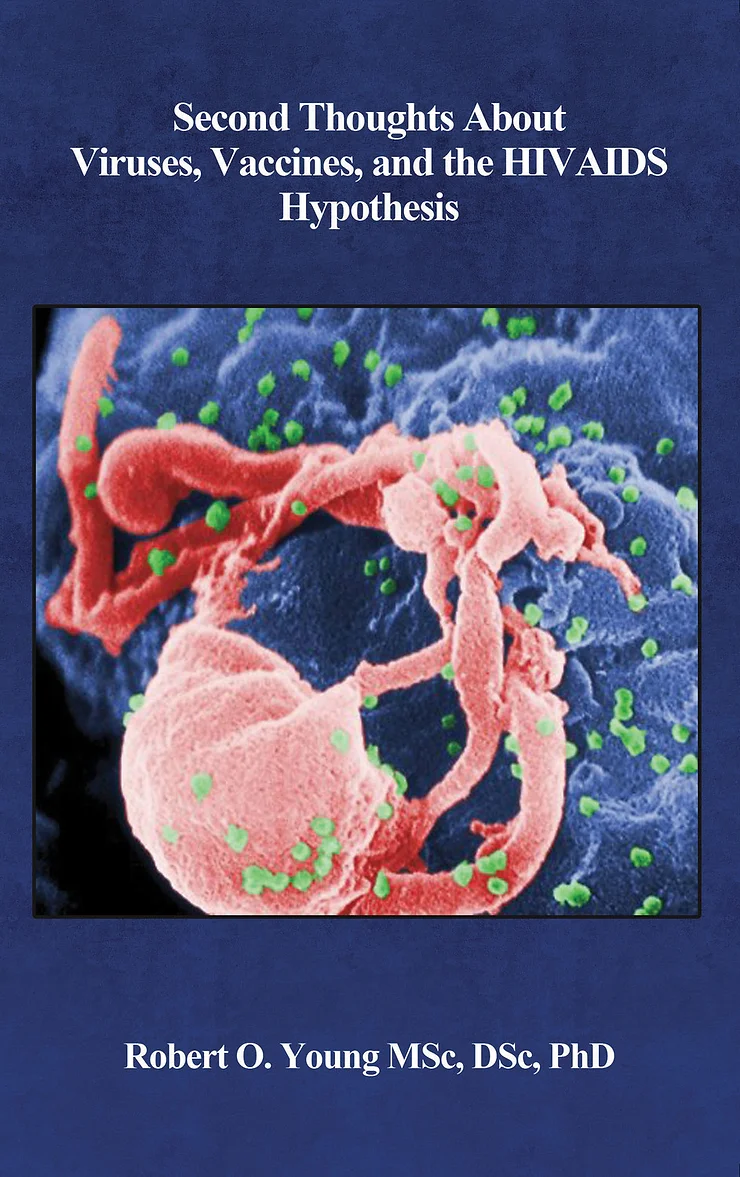
Three articles published in the International Journal of Viruses and Vaccines
Part 1
Second Thoughts about Viruses, Vaccines, and the HIV/ AIDS Hypothesis – Part 1
Robert O Young – Universal Medical Imaging Group, USA Correspondence: Robert O Young, pH Miracle Inc., 16390 Dia del Sol, Valley Center, California, 92082, USA, Tel 760 751 8321
Received: January 01, 2016 | Published: June 20, 2016
Citation: Young RO (2016) Second Thoughts about Viruses, Vaccines, and the HIV/AIDS Hypothesis – Part 1. Int J Vaccines Vaccin 2(3): 00032. DOI: 10.15406/ijvv.2016.02.00032
Vaccines; Vaccination; Virus; HIV; AIDS; Ebola; Hunta virus; Hepatitis C; Pleomorphism; Yeast; Candida albicans; Koch’s postulate; Farr’s law; Virology; Louis Pasteur; Antione BeChamp; Microzyma
Viruses
“In the sciences, people quickly come to regard as their own personal property that which they have learned and had passed on to them at the universities and academies. If however, someone else now comes along with new ideas that contradict the Credo (that has been recited for years and passed on in turn to others) and in fact even threaten to overturn it, then all passions are raised against this threat and no method is left untried to suppress it. People resist it in every way possible: pretending not to have heard about it; speaking disparagingly of it, as if it were not even worth the effort of looking into the matter. And so a new truth can have a long wait before finally being accepted.”-Goethe
Introduction
The first isolation of a virus was achieved in 1892 by Russian bacteria hunter Dimitri Iwanowski, who gathered fluid from diseased tobacco plants. He passed this liquid through a filter fine enough to retain bacteria; yet to Iwanowski’s surprise, the bacteria-free filtrate easily made healthy plants sick. In 1898 a Dutch botanist, Martinus Willem Beijerinck, repeating the experiment, also recognized that there was an invisible cause and named the infectious agent “tobacco mosaic virus.” In the same year as Beijerinck’s report, two German scientists purified a liquid containing filterable viruses that caused foot-and-mouth disease in cattle (viruses were at one time called “filterable viruses,” but eventually the term “filterable” came to apply only to viruses, and was dropped). Walter Reed followed in 1901 with a filtrate responsible for yellow fever, and soon dozens of other disease-causing viruses were found.
In 1935 another American, Wendell M. Stanley, went back to the beginning and created pure crystals of tobacco mosaic virus from a filtered liquid solution. He affirmed that these crystals could easily infect plants, and concluded that a virus was not a living organism, since it could be crystallized like salt and yet remain infectious. Subsequently, bacteriologists all over the world began filtering for viruses, and a new area of biology was born-virology.
Historically, medical science has vacillated on the question of whether a virus is alive. Originally it was described as nonliving, but is currently said to be an extremely complex molecule or an extremely simple microorganism, and is usually referred to as a parasite having a cycle of life. (The term “killed” is applied to certain viral vaccines, thus implying an official conviction that viruses live.) Commonly composed of either DNA or RNA cores with protein coverings, and having no inherent reproductive ability, viruses depend upon the host for replication. They must utilize the nucleic acids of living cells they infect to reproduce their proteins (i.e., trick the host into producing them), which are then assembled into new viruses like cars on an assembly line. Theoretically, this is their only means of surviving and infecting new cells or hosts.
Birth of Virology – A Miscarriage?
Underlying the birth of virology was the doctrine of monomorphism-that all microorganisms (herein called microforms) are fixed species, unchangeable; that each pathological type produces (usually) only one specific disease; that microforms never arise endogenously, i.e., have absolute origin within the host; and that blood and tissues are sterile under healthy conditions. This last point warrants immediate comment.
Theoretically, under ideal health conditions the blood might be sterile, though it has the inherent potential to develop morbid microforms, as discussed in the main text of this book. Long and repeated observation of live blood in the phase-contrast, dark-field microscope, however, shows that the blood can contain various microforms in an otherwise asymptomatic host, or in a condition defined as normal or healthy in orthodox terms. The forms are easily visible before other physical symptoms arise. (Since long and repeated observation has correlated their presence with other disease symptoms and their disappearance with the return of health, they serve as indicators of impending outward signs of disease.)
Monomorphism was the cornerstone of developments in 20th-century medical research and treatments. Refusal by the mainstream to examine fairly, much less accept, the demonstrated facts of pleomorphism-that viruses and bacteria (and also yeast and fungi) are evolutions from the microzyma; that microforms can rapidly change their form (evolve and “devolve”) in vivo, one becoming another dependent upon conditions in the inner terrain (environment); that blood and tissues are not necessarily sterile; and that there are no specific diseases, but only specific disease conditions-was the foundation of a latter day “Galileo debate.” It is so called because those who wore the “robes” of scientific authority, reprising the religious fanatics who punished the noted astronomer for his truths, would not be swayed from folly when presented with its contrary proofs. These proofs began in earnest with Antoine Bechamp in the last century (who also endured the indignation of a fanatical clergy).
In the early third of the 20th century, the heated debate took place over filterable bacteria versus non-filterable. This was a major battle concerning micromorphology (discussed briefly below). The orthodox view prevailed: bacterial forms were not small enough to pass, or did not have a smaller, earlier stage. What passed through “bacteria-proof filters was something else, i.e., viruses. Standard medical textbooks long made this fettering distinction between bacteria and viruses. Subsequently, however, the cellular nature of many filterable forms originally thought to be viruses, such as some mycoplasmas, rickettsias, and various other groups, has been established. In this writer’s opinion, with the victory of the monomorphic view, deeper understanding of infectious “disease” was lost, setting the stage for cancer, degenerative symptoms and AIDS.
Read the entire article by clicking of this link: https://medcraveonline.com/IJVV/second-thoughts-about-viruses-vaccines-and-the-hiv-aids-hypothesis—part-1.html
Part 2
Second Thoughts Concerning Viruses, Vaccines and the HIV/AIDS Hypothesis – Part 2
Robert O Young Universal Medical Imaging Group, USA Correspondence: Robert O Young, pH Miracle Inc., 16390 Dia del Sol, Valley Center, California, 92082, USA, Tel 760 751 8321 Received: January 01, 2016 | Published: June 29, 2016
Citation: Young RO (2016) Second Thoughts Concerning Viruses, Vaccines and the HIV/AIDS Hypothesis – Part 2. Int J Vaccines Vaccin 2(3): 00034. DOI: 10.15406/ijvv.2016.02.00034 Download PDF
Vaccines
“In the sciences, people quickly come to regard as their own personal property that which they have learned and had passed on to them at the universities and academies. If however, someone else now comes along with new ideas that contradict the Credo (that has been recited for years and passed on in turn to others) and in fact even threaten to overturn it, then all passions are raised against this threat and no method is left untried to suppress it. People resist it in every way possible: pretending not to have heard about it; speaking disparagingly of it, as if it were not even worth the effort of looking into the matter. And so a new truth can have a long wait before finally being accepted.”-Goethe
Read the entire article by clicking on this link: https://medcraveonline.com/IJVV/second-thoughts-concerning-viruses-vaccines-and-the-hivaids-hypothesis—part-2.html
Part 3
Second Thoughts Concerning Viruses, Vaccines and the HIV/AIDS Hypothesis – Part 3 HIV/AIDS and the Monomorphic Disease Model
Robert O Young Universal Medical Imaging Group, USA Correspondence: Robert O Young, pH Miracle Inc., 16390 Dia del Sol, Valley Center, California, 92082, USA, Tel 760 751 8321 Received: January 01, 2016 | Published: July 8, 2016
Citation: Young RO (2016) Second Thoughts Concerning Viruses, Vaccines and the HIV/AIDS Hypothesis – Part 3 HIV/AIDS and the Monomorphic Disease Model. Int J Vaccines Vaccin 2(3): 00035. DOI: 10.15406/ijvv.2016.02.00035
Read the entire article by clicking on this link: https://medcraveonline.com/IJVV/second-thoughts-concerning-viruses-vaccines-and-the-hivaids-hypothesis—part-3-hivaids-and-the-monomorphic-disease-model.html
“Rationality ex post facto.—Whatever lives long is gradually so saturated with reason that its irrational origins become improbable. Does not almost every accurate history of the origin of something sound paradoxical and sacrilegious to our feelings? Doesn’t the good historian contradict all the time?” Friedrich Nietzsche (The Dawn of Day, first book, aphorism
☆ ☆ ☆ ☆ ☆ Missing Proof for HIV, SARS-CoV-2 etc. Wolfgang Weuffen’s main journalistic work is the book “Virus Mania” (co-authored by Dr. Claus Köhnlein, MD, Samantha Bailey, MD, Dr. Stefano Scoglio; German edition: “Virus-Wahn”). “‘Virus Mania’ is masterfully and courageously written,” stated Wolfgang Weuffen († 2013), professor of medicine and specialist in microbiology and infection epidemiology.
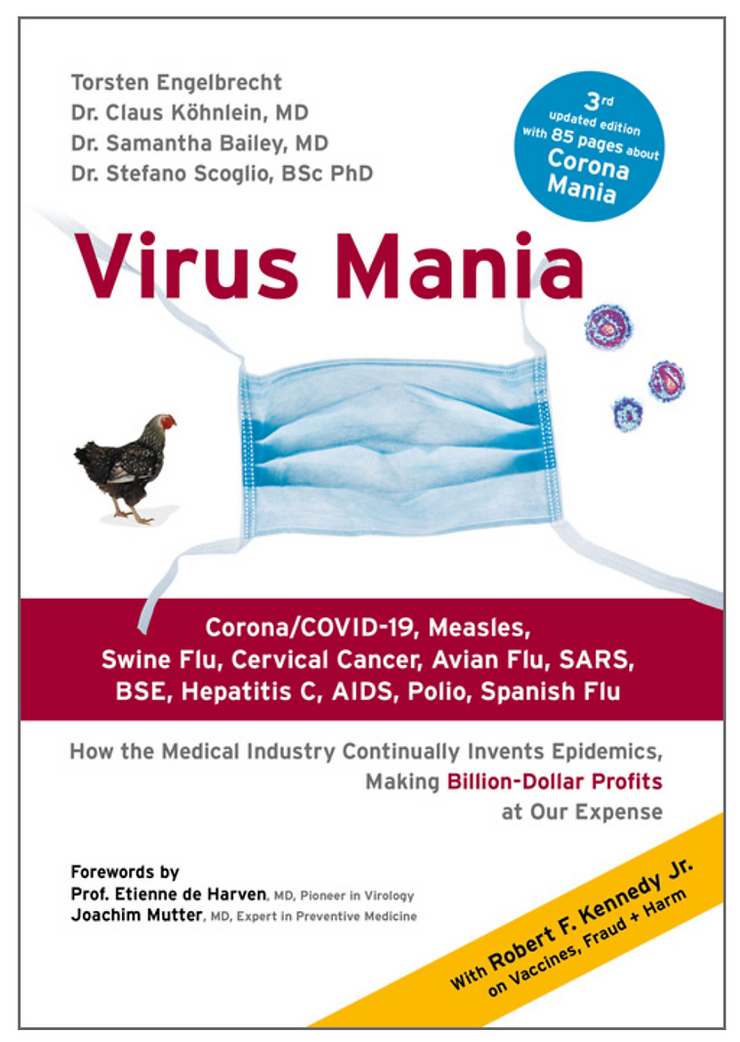
A decisive thesis of “Virus Mania” is that there is no evidence that the particles that have been given names like HIV, H5N1 or SARS-CoV-2 are disease-causing viruses—and that these particles may very well be of non-viral origin. One central reason for this is that the particles claimed to be viruses have not been purified in the relevant studies. However, such “purification” is an indispensable prerequisite for detecting viruses and creating valid antibody and PCR tests based on them.
This is also stated by scientists who are the most renowned in the world, among them:
White and Fenner: “It’s an essential prerequisite.” Luc Montagnier: “It is necessary.” Robert Gallo: “You have to purify.” Françoise Barré-Sinoussi: “… you have to purify the virus from all this mess.” Jean-Claude Chermann: “Yes, of course… Absolutely.” David Gordon: “It’s a natural step from obtaining the virus in cell culture to then obtain purified virus.” Dominic Dwyer: “The purification, as far as one can go, is important in analysis of any virus or bacteria, for that matter well.” Wan Beom Park: “In the outbreak situation, isolation of causative virus is indispensable for developing and evaluating diagnostic tools, therapeutics, and vaccine candidates.” Robert O. Young: “The genetic sequencing of the coronavirus is cobbled together from several sources: a piece or pieces of RNA that they have arbitrarily been chosen as “relevant clues”; chosen according to a bias in favor of a certain type of genetic material totally unrelated to the isolation and purification and culturing of an actual virus.”
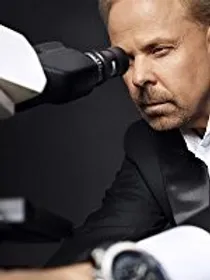
What is the proper way to isolate, characterize and demonstrate a new virus?
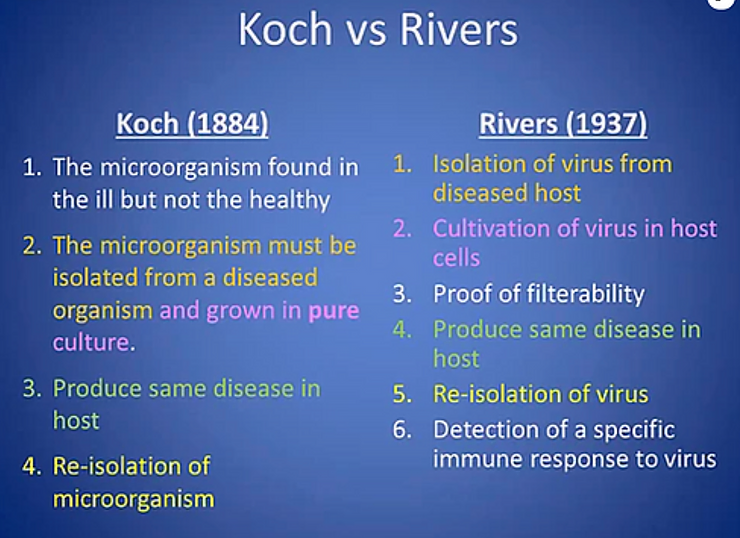
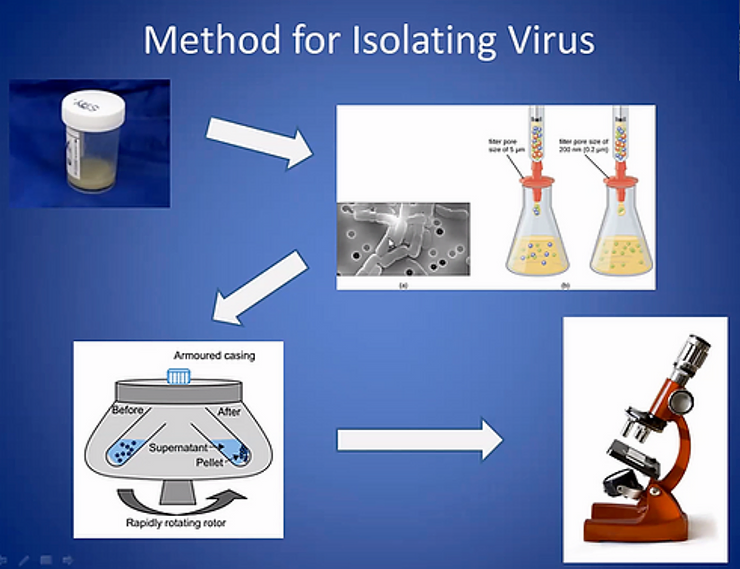
What is the proper way to isolate, characterize and demonstrate a new virus is outlined on the website of Dr. Andrew Kaufman, MD.
Experts Stating that There Is No Proof that the Particles Named SARS-CoV-2 Belong to a Disease-Causing Virus
Eleni Papadopulos-Eleopulos
Biophysicist and head of the Australian Perth Group; the world’s first expert to understand the trouble with (missing) viral isolation/purification and to show unequivocally that HIV has never been detected
Dr. Kelly Brogan, MD
Holistic psychiatrist, neurologist and medical doctor in private practice in New York; author of the New York Times bestselling book “A Mind of Your Own, Own Your Self”
Dr. Stefano Scoglio, BSc PhD
Expert in microbiology and co-author of “Virus Mania”; nominated for the Nobel Prize in Medicine (2018)
Dr. Andrew Kaufman, MD
Forensic psychiatrist; with a BSc from M.I.T. in molecular biology
Dr. Thomas Cowan, MD
He attended Duke University with a degree in biology; author of “The Contagion Myth”
Dr. Valendar F. Turner
Emergency physician and member of the Perth Group
Prof. Dr. Ivo Juránek, PhD DSc
Research Professor, physician, biochemist and pharmacologist, Laboratory Head of Slovak Academy of Sciences
Dr. Fabio Franchi, MD
Former medical director in an Infectious Disease Ward, specialized in infectious diseases and hygiene and preventive medicine, Società Scientifica per il Principio di Precauzione (SSPP), Italy; author of the book “La catastrofe provocata dal virus che non c’è” (“The catastrophe caused by the virus that is not there”)
Celia Farber
Award-winning journalist; contributor to Uncover DC, and in the past she has written for Harper’s, Esquire, Rolling Stone and more; author of “Serious Adverse Events: An Uncensored History of AIDS,” and the editor of The Truth Barrier; she co-hosts “The Whistleblower Newsroom” with Kristina Borjesson on PRN, Fridays at 10am.
Torsten Engelbrecht
Award-winning investigative journalist from Hamburg and author of “Virus Mania” (together with Dr. Claus Köhnlein, MD, Dr. Samantha Bailey, MD, and Dr. Stefano Scoglio), the world’s most comprehensive critique of the virus craze that has been rampant for more than 100 years
Adv. Anthony Brink
Advocate of the High Court of South Africa and former district- and regional court magistrate; national chairman of the Treatment Information Group
Dr. Kevin P. Corbett
Independent research consultant and health scientist
Dr. Nancy Turner Banks
Graduate of the Harvard Medical School, author of “AIDS, Opium, Diamonds, and Empire”Christine MasseyCanadian former biostatistician in the field of cancer research who submitted FOIs worldwide receiving no record of SARS-COV-2 purification
Kamala Taris
Member of the executive board of the Czech organization RESETHEUS (Return to Essential Scientific Ethos and Transparency)
Jon Rappoport
Free-lance investigative reporter and author of “The Matrix Revealed”
Dr. Saeed A. Qureshi, PhD
30+ years with Health Canada in conducting hands-on and multi-disciplinary laboratory research in pharmaceuticals regulatory assessment; internationally recognized expert in pharmacokinetics, biopharmaceutics, drug dissolution testing, and analytical chemistry
Prof. Francesco Ferella, PhD
Professor of industrial production of bio-drugs at the University of L’Aquila (Italy)
Andrew Johnson
University Technology Tutor in the UK; operator of the site Investigatin the Alleged COVID-19 Pandemic
Dr. Barre Paul Lando
Physician, Kinesiologist – Functional Movement Specialist & Master Gardener; MSc in Social Psychology (Utah State University)Dr. Stefan LankaMolecular Biologist
Sally Fallon Morell
Founding president of the Weston A. Price Foundation
Amandha Vollmer, BSc
Argrarian biotechnologist and graduate of the Canadian College of Naturopathic Medicine.
Robert O. Young, MSc DSc PhD, Naturopathic Practitioner
Commissioner at The International Tribunal of Natural Justice; Universal Diagnostic Medical Center; Author of of over 70 books and 3000 published articles.
Dr. Urmie Ray, BA, MA, Mmath, PhD Cantab
Former mathematician and professor at the Université de Reims; author of the book “On Science: Concepts, Cultures, and Limits”
David Šubík
Sociologist, collaborates with the Czech organization RESETHEUS (Return to Essential Scientific Ethos and Transparency)
Dr. Melissa Sell
Health mindset coach and chiropractor (drmelissasell.com)
Dr. Jordan Grant, MD
Urologist, Paris Healhtcare Group
Jaroslav Belsky
Oral surgeon and dentist
Dr. John Bergman, DC
Doctor of chiropractic
Dr. William P. Trebing, DC
Physician, chiropractor and author of “Good-Bye Germ Theory!”
Dr. Dolores Cahill Reid Sheftall, MD
Adam and Josh Bigelsen
Holistic wellness coaches and educators for the Bigelsen Academy
Dr. Ben Tapper Torsten Knackstedt
Dr. Roger Hodkinson
CEO of Western Medical Assessments; he has been the Company’s Medical Director for over 20 years.
Bob Stagnitto
He was a student of Natural Hygiene since he was 18 (at the beginning of 2021 he was 70); he earned a degree in naturopathy, spinology and acupuncture; he worked with raw food pioneer T.C. Fry for a short while.



